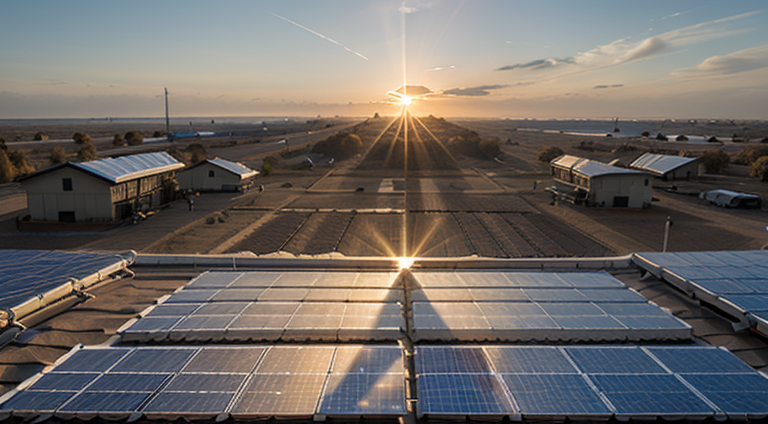The Rise of Solar


From obscure beginnings in the 19th century to mainstream adoption today, solar energy technology has come a long way. This article charts the major breakthroughs and events that paved the path for solar photovoltaics to become a viable and fast-growing source of renewable power. The Discovery of the Photovoltaic Effect The origins of solar energy date back to 1839 when French physicist Edmond Becquerel first discovered the photovoltaic effect. He found that certain materials would produce small amounts of electric current when exposed to light. Over the decades, researchers conducted various experiments involving selenium and silver to further explore this phenomenon. The term "photovoltaic" was coined in 1849 from the Greek words for light and electricity. In 1883, American inventor Charles Fritts built the very first rudimentary solar cell using selenium wafers. This primitive solar cell had only about 1% efficiency in converting sunlight to electricity. But it inaugurated solar PV into the modern world and sparked interest in the technology.
Energreen 2023-10-26
For many decades, photovoltaic technology was a novelty. The prohibitively high costs restricted applications to small scale items like pocket calculators and watches. During this time, research moved slowly and solar only saw niche use.
A few milestones stand out from the early 20th century:

The rise of the space age in the 1950s and 1960s provided a major impetus to solar PV research. Solar energy offered a reliable way to power satellites and spacecraft without relying on fuels or batteries. Scientists made strides in manufacturing silicon cells efficiently. But costs were still exorbitantly high for any widespread use.
Some key developments from this post-war period:
By the 1990s, solar PV finally started making significant progress towards affordable, large-scale energy generation. A few factors propelled this major growth:
From 2000 onwards, global solar PV capacity experienced an exponential growth trajectory, doubling about every 2 years. Some key milestones include:
Today solar PV supplies just over 3% of total global electricity demand. That may seem modest, but represents remarkable growth from a fraction of a percent only a decade ago.
With costs continuing to fall, solar energy has firmly established itself as a rapidly growing renewable source. The International Energy Agency (IEA) forecasts solar PV to reach over 25% of global power generation by 2050.
In the US, over 3 million homes and businesses have installed solar panels as of 2020. Large scale solar farms provide hundreds of megawatts of carbon-free energy to the grid. Major companies like Apple, Amazon, and Target are switching to solar at their operations.
The future looks bright for solar to scale up and play a major role in the global transition to sustainable energy. But it also faces challenges like integrating more flexible grid management and storage technologies. Nevertheless, solar has proven it is here to stay as a mainstream renewable source with enormous potential still to be tapped.
The future for solar energy is very promising. Costs are projected to continue falling while adoption grows globally. With supportive policies and advances in energy storage, solar PV can eventually dominate electricity generation worldwide. The sun provides a free, abundant and renewable energy source just waiting to be fully harnessed.
International Energy Agency. "Solar PV." https://www.iea.org/reports/solar-pv
National Renewable Energy Laboratory. "Photovoltaic Research." https://www.nrel.gov/pv/assets/images/efficiency-chart.png
US Department of Energy. "History of Solar." https://www1.eere.energy.gov/solar/pdfs/solar_timeline.pdf
US Energy Information Administration. "Solar Explained: Solar Energy and the Environment." https://www.eia.gov/energyexplained/solar/solar-energy-and-the-environment.php